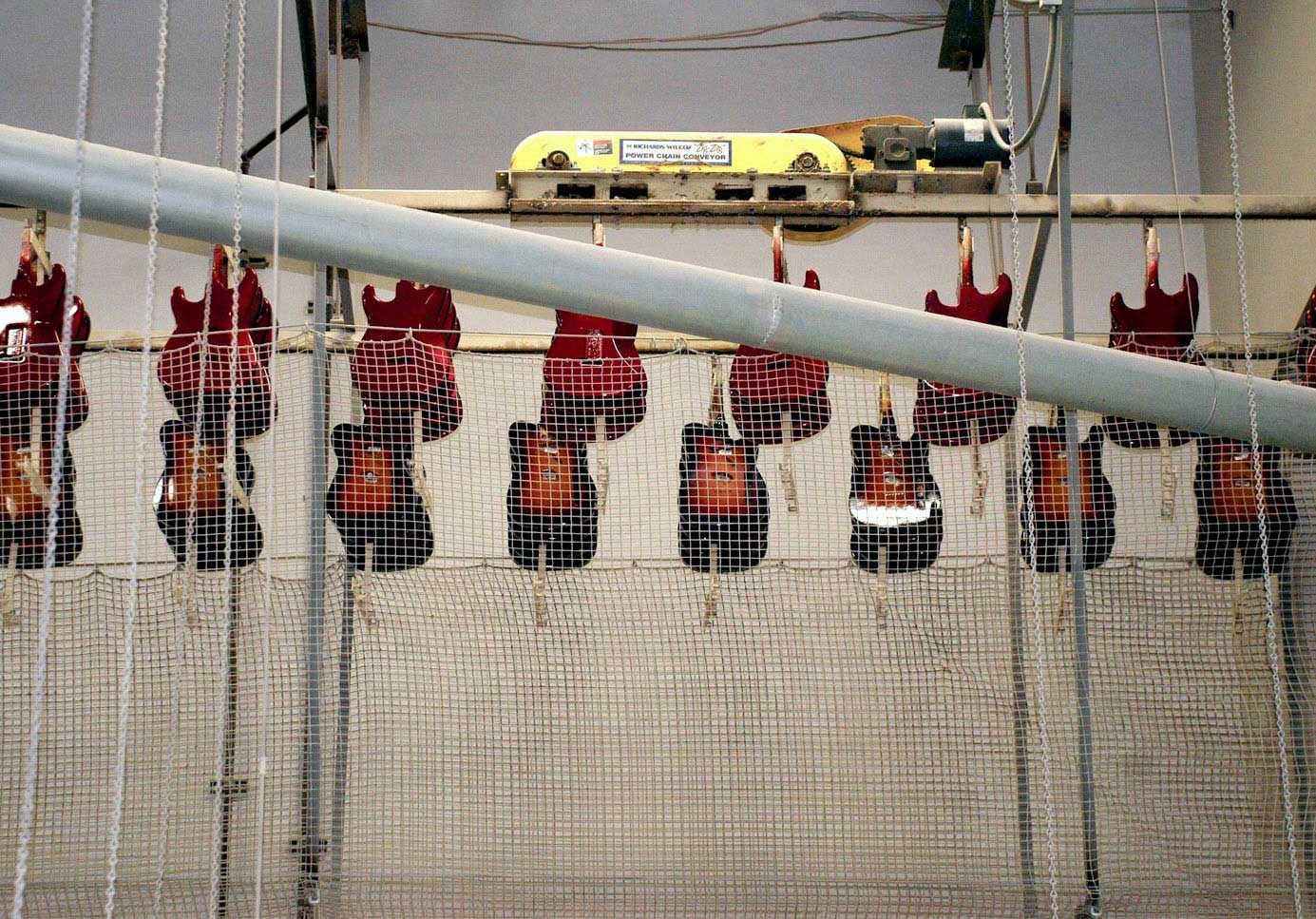

Careful training of temporary employees is critical not only for the safety of the temporary employee but also the rest of the crew. The training of temporary employees is often complicated by a few factors: temp employees come from a variety of backgrounds, often have a limited amount of time for safety training, and usually aren’t familiar with the environment or the equipment. OSHA has been cracking down on safety regulations for temporary workers and has given some suggestions to employers looking to improve their safety.
Assume Your Workers Have Only Been Generally Trained
Most temporary workers only have general purpose training under their belt. Any specialized knowledge (such as specific equipment and practices) should always be discussed before workers begin their duties. Employers should ask themselves whether their working environment has any hazards or special protocols that are unique to both their environment and their business. It’s these hazards and protocols that will need to be specially considered.
Provide Safety Training in Simple and Clear Language
In many working environments, there may be certain phrases or terminology that is not immediately understood to outsiders. It’s absolutely vital that safety training be provided in simple and easy to understand language. Otherwise temporary employees may believe that they understand the training but may be mistaken. If you aren’t certain whether your training guides are simple enough, you can have them read by another person who is not within your company or industry. Language can also be a barrier. If workers do not speak English, they still need to be given safety material that they can understand.
Be Proactive About Potential Health Hazards
Employers must take action to maintain their working environments in a way that is safe for all employees. This includes quickly reacting to any hazards and keeping a clean work site. Many temporary employees either get injured or even killed during the very first day on the job. They aren’t familiar with the environment and can easily stumble into an area that they should not. All hazardous areas need to be clearly marked and debris and unused equipment should be cleared from the site quickly.
Establish an Injury and Fatality Prevention Program
A prevention program is one of the easiest ways to engage your permanent and temporary employees in improving health and safety. Ensure that your employees are empowered with the ability to easily report potential issues to a supervisory staff member. Further, educate them on the things that they should be looking out for: a lack of hard hats in hard hat only zones, a lack of proper fall protection, or simply equipment malfunctions. In this way, you can ensure that all eyes on site are working together to find potential issues.
But how do you make sure that your work site is ready and prepared for temporary workers? One of the best ways to do this is to install passive safety equipment. Passive safety equipment doesn’t need to be properly engaged by temporary employees to work. Even better, it will protect permanent and temporary employees at once. Pucuda Leading Edge offers fall protection netting, industrial netting, and debris containment systems all designed to protect employees without the need for specialized training.








